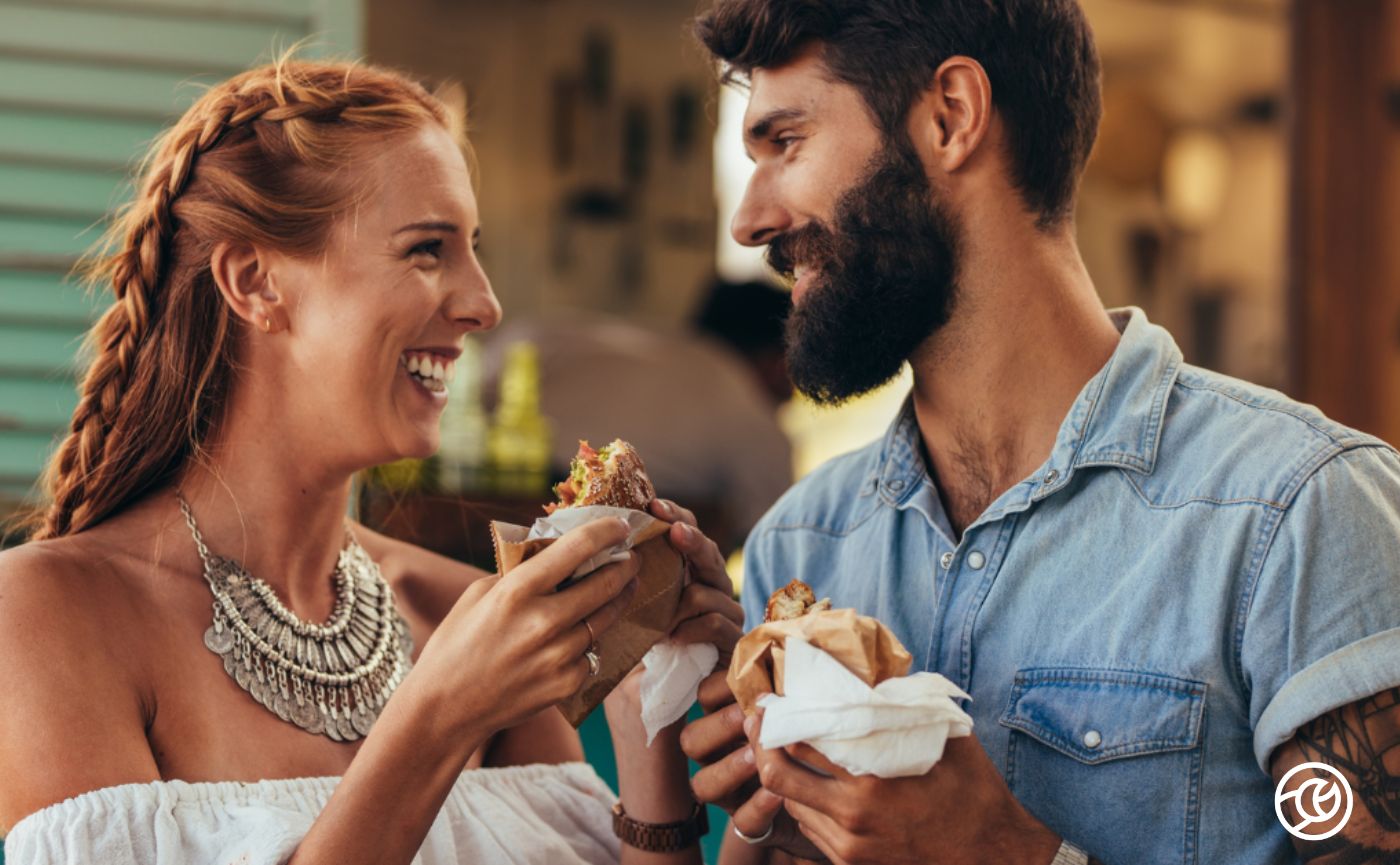Platform-Specific Strategies: Maximize QSR Loyalty Program Impact Through Local Advertising
The restaurant industry has experienced significant shifts in recent years, with technology and customer preferences evolving rapidly. According to TouchBistro’s 2024 State of Restaurants Report, takeout and delivery have surged, with 95% of operators now using online ordering platforms, often relying on multiple solutions to meet demand. In addition, 72% of operators have dedicated websites, almost all of which offer online menus, and more than one-third of restaurants offer direct online ordering. These new digital behaviors create greater opportunities for loyalty programs to engage consumers, with three in four multi-unit restaurants offering them to meet the rising demand for digital interaction.
In this digital-first era, reservations also play a crucial role, with 62% of restaurants using online systems, and another 31% planning to adopt them soon. These trends underline the importance of equipping restaurant locations and franchisees with local advertising strategies that capitalize on current consumer behavior. By leveraging loyalty data in platform-specific digital advertising across Facebook, Instagram, TikTok, and Amazon Ads, QSR brands can empower franchisees to create personalized campaigns that boost customer loyalty and maximize the effectiveness of their loyalty programs.
Facebook: Targeting High-Intent Audiences with Loyalty Data
Facebook remains one of the most powerful platforms for local advertising, given its broad user base and sophisticated targeting capabilities. For QSR brands, integrating loyalty data with Facebook’s advanced targeting options allows franchisees to reach high-intent audiences at a hyper-local level. Whether the goal is to drive foot traffic to a restaurant, increase loyalty program sign-ups, or boost reservations, Facebook’s radius, zip code, and city-level targeting make it easy to hone in on specific service areas with minimal to no overlap. Additionally, Facebook’s dayparting feature ensures that ads reach the right audience at the optimal time, driving more relevant engagement. With minimum ad budgets as low as $1 per day, Facebook advertising is accessible for most franchisees, making it a cost-effective way to deploy targeted local campaigns that amplify the impact of loyalty programs.
Instagram and TikTok: Engaging Audiences with Vertical Video
Instagram and TikTok dominate the short-form video content space, making them ideal platforms for engaging a younger, tech-savvy audience. Vertical video ads on these platforms can be used to highlight new menu items, promote loyalty program perks, or offer limited-time promotions. With the help of loyalty data, franchisees can launch ads based on local customer preferences, driving more meaningful interactions.
While Reels targeting parameters are the same as Facebook (see above), it should be noted that TikTok parameters differ in several meaningful ways. First, TikTok does not allow for radius targeting but rather focuses on a level up to zip code, DMA, or city. Second, TikTok’s minimum budget requirements are higher at $50 per day. These spending requirements are lower than in years past and will continue to decrease as more and more advertisers leverage the tool and publish ads.
Amazon Ads Sponsored Display: Layering First-Party Loyalty Data with Proprietary Audiences
Amazon Ads Sponsored Display and Sponsored TV are emerging local tools that offer powerful audience targeting based on purchase and viewing behaviors within the Amazon ecosystem. Tiger Pistol’s collaboration with Amazon Ads introduces these tactics to a broad range of businesses, including those not selling directly on Amazon, like restaurants. Amazon assembles high-intent audiences from its vast data, while Tiger Pistol enables efficient local campaign publishing at scale. Amazon Sponsored Display and Amazon Sponsored TV require no minimum daily budget.
Combining Digital Strategies for Maximum Impact
Incorporating loyalty data into local advertising strategies is a powerful way for QSR brands to build stronger connections between their franchisees and customers. By leveraging the advanced targeting capabilities of platforms like Facebook, Instagram, TikTok, and Amazon Ads, franchisees can create personalized campaigns that drive meaningful engagement, promote point redemption, and boost loyalty program sign-ups.
Learn more about harnessing your loyalty data for impactful local advertising. Download our playbook The Next Step in QSR Loyalty Programs.
Discover how Tiger Pistol can power your local advertising success.
Related Posts
The Hidden Riches of Loyalty Programs for QSR & Restaurant Marketers
Customer loyalty programs offer quick service restaurant (QSR) and multi-location restaurant marketers a treasure trove of valuable data. Through these programs, brands and marketers can harness first-party data to unearth consumer insights that shape ongoing marketing strategies. This data, willingly provided by customers, unlocks a world of possibilities. The
Data Sharing & Local Advertising: Unlock the Full Potential of QSR Loyalty Programs
Loyalty programs are essential for quick-service restaurant (QSR) brands, driving customer retention and boosting spending. However, many brands miss opportunities by not sharing crucial first-party loyalty data with their franchisees—the frontline of customer engagement. By securely sharing this data, QSR brands can empower franchisees to create personalized
The Familiar Advantage: How Staying Top of Mind Wins the Home Services Market
Homeowners don’t plan for emergencies. A busted pipe. A flickering circuit. A broken AC unit in the middle of July. These aren’t impulse buys or shopping moments. They’re moments of urgency, and homeowners must act fast. The provider they call first isn’t always the cheapest or closest. It’s the one they’ve seen before. The one […]
Tiger Pistol Expands Advertiser Ecosystem to Include TikTok, Paving the Way for Vertical Video Social Media Advertising at Scale
Surveys among marketers planning their 2024 budgets underscore the significance of short-form video. A recent Kantar study reveals that three out of every four marketers intend to boost their online video budget. Furthermore, MarketSplash found that a significant majority of marketers (85 percent) firmly support short-form, vertical videos as the preferred cont





